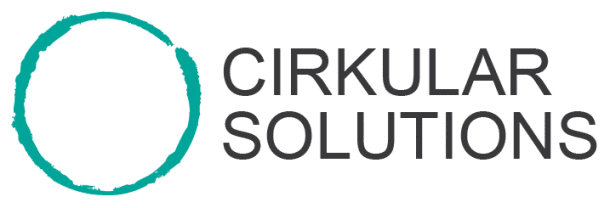It's not the tools, it's the structure...

I joke all the time on the golf course when we talk about getting new clubs, saying, "you know, it's not the club, it's the player." Of course, we're always ribbing each other, insinuating no club is going to fix our golf swing; and this is exactly the problem I see in many business settings. Whether it's adding Slack, Workboard, GitHub, Shopify, etc., it's not the tool or the solution that will fix the business, it's the business structure and ability to manage within a standard operating procedure (SOP).
Whether you work in a small business or large one, creating an operational structure that is agnostic to the user is much more important than the tools you use; and, in fact, is the only way to assure the tools are used consistently and effectively.
What does this mean and how do I build a sound operational structure?
Let's assume for a moment, you run a small business; you provide a general operational structure with job titles and descriptions, so people have a basic idea of their role and responsibilities. Like many small businesses, resources are stretched thin, so often people double up or cross over to help complete tasks and keep the business progressing. This can get confusing and cause problems if there isn't a sound operational structure in place; a system that provides clarity in each role, what is expected, and how to perform any tasks. I'll use a real life example from when I ran a retail organization during the mid 90's. There was a general SOP (standard operating procedures) manual, but it was too general and many of the store managers had made modifications to fit their personalities and preferences. So you couldn't go into different stores and necessarily find the same operational model and user experience. The argument for allowing the flexibility and edits in application of the SOP was to just judge the performance, and the ones performing better should be copied. I see this now when companies roll out or test new solutions like Slack; they put it out there with some general guidelines, and then wait to see how people use it before setting any concrete policies. The assumption is they will discover through use how to best apply an application, and maybe the application will help them improve their operations...kind of like buying a new club will help my swing, but nobody is paying attention to the mechanics of my swing.
But there's a fallacy in this thinking, as it shifts the responsibility and accountability away from the people responsible for managing the company. In my case, when I encountered this problem, I decided there needed to be just one SOP in every store; and that if I could shift the focus away from managing all of the unique adaptations, we could collectively apply more effort to sales and driving revenue. I asked a group of store managers to compare everyone's structure and propose a single standard operating procedure we could apply with uniformity. The goal, I told them, was I wanted to accomplish two things; first, I wanted to be able take any person from any store, move them to another location and have them fully operational and functional immediately. Second, I wanted to focus less on operations and more on driving revenue. Once we agreed on a uniform SOP, we then implemented a project of converting every store into the same format, down to every detail of where we kept informational notebooks behind the cash wrap, where supplies were stored, etc. You could literally walk into a store on the east coast or west coast and not know the difference. We made this a non-negotiable, and carefully laid out exactly how to implement and manage, so they could focus more time on customers. The results were over a six month period, saw our revenues increase 21%.
The point is we focused not on the tools, but the use of the tools; and made sure we had consistency throughout the organization.
Large businesses seem to struggle with this even more, as their ecosystems tend to create villages and power plays, where internal competition and politics create inconsistency in operations and wasted and/or duplicate efforts. The challenge is sometimes greater in a larger organization, as breaks in the standard operating procedure with use of multiple and sometimes redundant tools hampers the exchange of information, slowing the ability to understand and react to insights. For example, I've watched organizations use multiple email and instant messaging tools without committing to one across all divisions; allowing each division to determine what is best. Consequently, communication across channels using different tools is broken, and opportunities to cross pollinate ideas and address issues are delayed or missed. It would more effective if the company selects and commits to a single platform, or integrated cluster of platforms, and carefully spells out the rules of use without allowing for any exceptions. This way everyone is using the same tool, working within the same guidelines, and focused on their roles and output over finding an alternate way to accomplish their tasks.
I think I'm beating a dead horse, so enough with examples. Suffice to say, don't search for a tool that will make you do your job better; figure out how you want to do your job better and find a tool that fits. Just like in golf, a new club is not going to lower your score or add significant distance or control; and in business, a new user tool is not going to solve any inherent structural issues.
As my friends like to say to me, "Just hit the ball".
